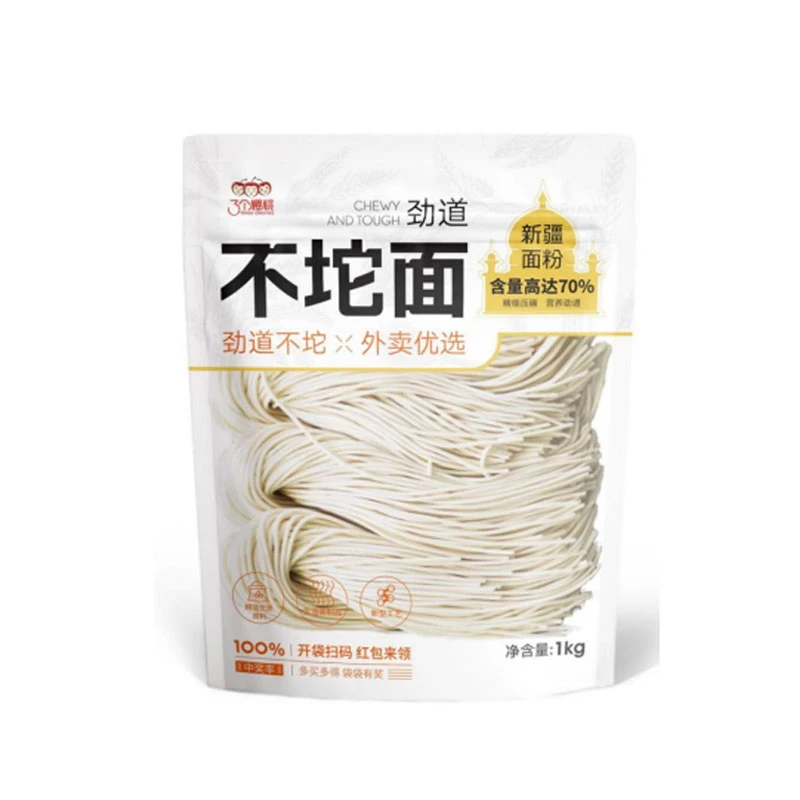Refreshing Korean Cold Chewy Noodles Perfect for Summer Dining
Exploring Cold Chewy Noodles A Delightful Korean Culinary Experience
When it comes to Korean cuisine, dishes that tantalize the taste buds and offer refreshing experiences are often the most memorable. Among these delightful creations, cold chewy noodles—known as “naengmyeon” in Korean—stand out as a staple, particularly during the hot summer months. This dish has captured the hearts of many, not just within Korea but around the world. Let’s dive into the rich history, cultural significance, and preparation of cold chewy noodles, and explore why they deserve a place in your culinary repertoire.
A Brief History
Naengmyeon traces its roots back to the Korean royal court during the Joseon Dynasty (1392-1910). Originally consumed by the elite, these noodles were made from buckwheat flour, which was plentiful in the northern provinces. The dish was traditionally served cold, providing a refreshing contrast to the warm and hearty meals common in Korean households. As time went on, naengmyeon evolved into a popular dish enjoyed by people from all walks of life, turning into a summertime favorite that resonates with modern Korean culture.
The Types of Naengmyeon
Naengmyeon primarily comes in two varieties mul-naengmyeon and bibim-naengmyeon
.1. Mul-Naengmyeon This type is served in a chilled broth made from beef or chicken stock, often flavored with vinegar and mustard. The cold soup complements the chewy noodles and is usually garnished with sliced cucumbers, Korean pear, boiled eggs, and sometimes, slices of cold beef or pork. This dish is not only refreshing but also packed with flavor, making it a perfect comfort food during the sweltering months.
2. Bibim-Naengmyeon Unlike its brothy counterpart, bibim-naengmyeon is served dry with a spicy gochujang (Korean red chili paste) sauce mixed in. This version is typically topped with fresh vegetables like carrots and cucumbers, and often includes sesame seeds and boiled eggs too. The spicy and tangy sauce wraps around the chewy noodles, offering a delightful explosion of flavors that balances the dish perfectly.
The Experience of Eating Naengmyeon
cold chewy noodles korean

Eating naengmyeon is an experience in itself. The noodles are famously elastic and chewy, thanks to the unique preparation process that involves kneading and stretching the dough. As you take a bite, the texture alone can be quite satisfying. The soup or sauce, depending on the type you choose, adds a refreshing note that cools you down. It's common to see people slurping up their naengmyeon, which is not only polite but enhances the flavors—something that is beloved in Korean dining culture.
Health Benefits
Naengmyeon is not only delicious but also considered a healthy meal option. Buckwheat, the primary ingredient in the noodles, is gluten-free and packed with nutrients, including antioxidants and fiber. This makes it a great choice for those looking for lighter yet fulfilling options in their diet. Coupled with fresh vegetables, naengmyeon provides a balance of nutrients, promoting overall well-being.
Making Naengmyeon at Home
Preparing naengmyeon at home can be a rewarding culinary adventure. While the traditional method of making noodles from scratch may seem daunting, many grocery stores now offer pre-packaged naengmyeon noodles that cook quickly and easily. To replicate authentic flavors, you can create your own broth using beef or chicken bones, or simply use a store-bought broth for convenience.
To serve, prepare your toppings sliced vegetables, boiled eggs, and sliced meats. For mul-naengmyeon, chill your broth and combine all ingredients just before serving. For bibim-naengmyeon, mix the noodles with gochujang and top with your garnishes.
Conclusion
Cold chewy noodles are more than just a dish; they are a symbol of Korean culinary tradition that brings comfort and joy. Whether enjoyed at a bustling restaurant, at a summer festival, or made in the comfort of your home, naengmyeon offers a refreshing bite that embodies the essence of Korean cuisine. So next time you’re looking for something unique, consider these delightful noodles for a taste of Korea’s rich gastronomic culture.
-
Unleash Your Inner Chef with Delectable Italian Pasta CreationsNewsAug.01,2025
-
Savor Health and Flavor: Irresistible Soba Noodles for Sale Await!NewsAug.01,2025
-
Nourish Your Body with Premium Organic Ramen - A Culinary Delight AwaitsNewsAug.01,2025
-
Elevate Your Dishes with Our Exquisite Kinds of Egg NoodlesNewsAug.01,2025
-
Dive into Flavorful Convenience with Our Ramen OfferingsNewsAug.01,2025
-
Discover Exquisite Types of Naengmyeon and Chilled Soba NoodlesNewsAug.01,2025
-
Is Whole Wheat Pasta Healthy?NewsMay.30,2025
Browse qua the following product new the we

















































































































